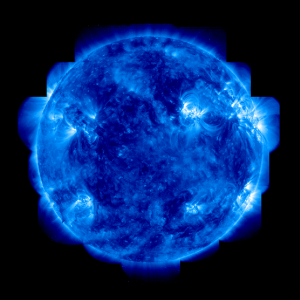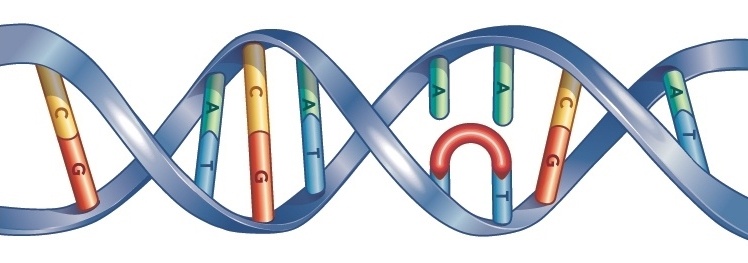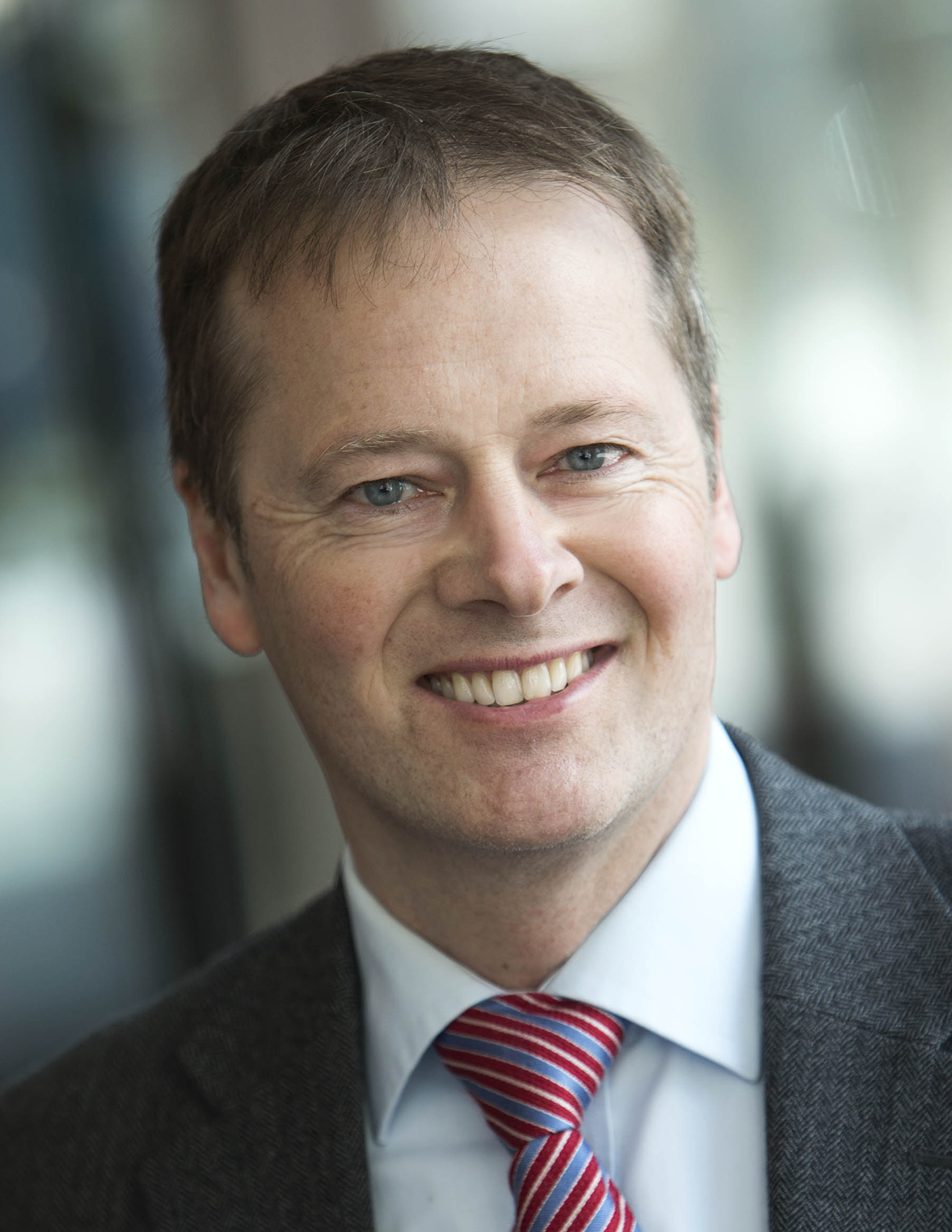The fact that bacteria can be eliminated using UV is nothing new. But how does it work?
UV-light has long been used for processes such as production of clean drinking water, bacteria-free food and to sterilise surfaces in laboratories.Ultraviolet light is an invisible radiation that exists in three categories:
- UV-A and UV-B are the rays which permeate through the ozone layer and which give us a suntan in the summer.
- UV-C is captured by the ozone layer, and it is this type of UV that is really dangerous for us and for everything alive.
It is primarily UV-C rays that react with the cells' DNA, and that lead to the cells not being able to multiply. The radiation is actually pure energy which can permeate through some materials, but which collide and react photochemically with others. A photochemical reaction arises when a substance becomes charged with light, or excited as it is called, and then attacks surrounding substances or itself in order to get rid of the energy it received from the light.
The cell's manual
DNA is a long chain of molecules that constitutes the cell's "manual" or formula for how it should be constructed and function. DNA is made of four molecules; Thymin (T), Adenin (A), Cytosin (C), Guanin (G), and they are always linked with each other in the order: T-A and C-G.
In bacteria, the DNA molecule Thymin (T) becomes excited (charged) by UV-light, which leads to it breaking its bond with its DNA partner Adenin (A) and forming a so-called dimer with itself. The word "dimer" comes from the Greek "di" - two, and "more" - parts. When this happens the cell's "manual" is destroyed, which means that the cell becomes malformed when it tries to duplicate itself. This is called mutation.
Imitates the sun

UV-C reacts with the cells DNA and disable the cells ability to multiply. The radiation is really pure energy that traverses some material, but crashes and reacts photochemically with others. A photochemical reaction occurs when a substance is charged with light, or excited as it is called, and then attacks adjacent substances or itself to get rid of the energy obtained from the light.
With its short wavelength (290-180 nm), UV-C radiation is considerably more powerful, and this is something that experience and research has enabled Wallenius Water to derive benefit from in order to imitate the sun's capacity to destroy bacteria.
And technically...
At the heart of UV technology are the lamps or fluorescent tubes that produce light with the right wavelength. To optimise UV light for different applications there are thousands of types of lamps. Besides the lamps, the technology is naturally based on a number of other components including pumps, hoses and protective sleeves.
The key to effective purification is for the fluid that flows past the lamps to get correctly irradiated with UV-C and that all bacteria get irradiated and are not left behind in a corner of the system.
Purifying metalworking fluid with UV is a challenge. Since metalworking fluid is rarely clear but usually milky, the light quite simply finds it difficult to permeate through. Some metalworking fluids, primarily older formulations, also form, either themselves or in combination with certain machining processes, impurities on the lamp glass that render the UV-light ineffective.
A serious UV supplier should be able to analyse your metalworking fluid system and say whether your particular fluid and your process is suitable for UV purification and also be able to provide guarantees. (CS)
Want to learn more about UV purification of metalworking fluids? Download our e-book:



Comment